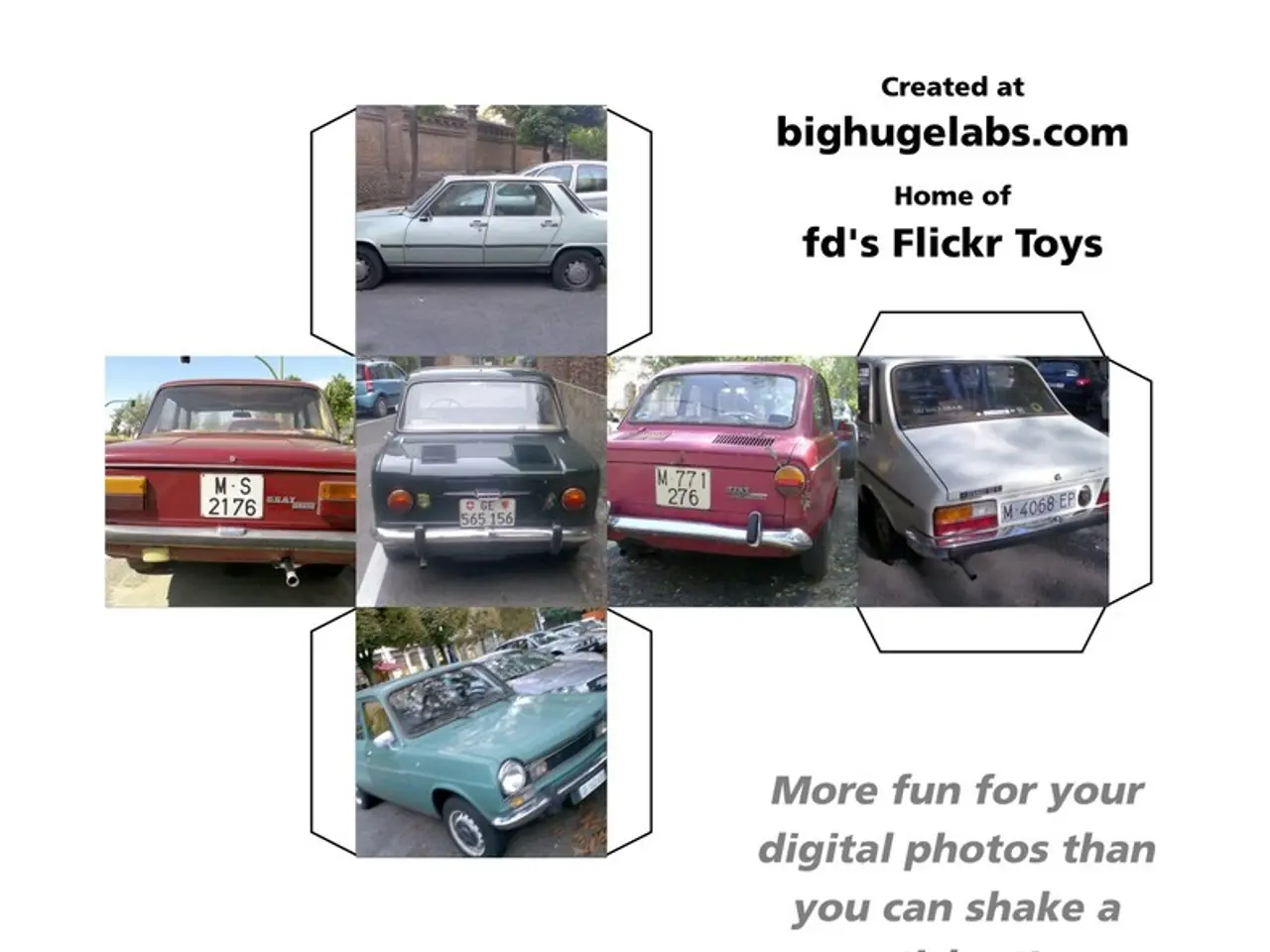Securing Vehicle Digital Landscape: Guaranteeing Automotive Safety
In the rapidly evolving world of automotive technology, auto mechanics face a new set of challenges as vehicles become increasingly connected and complex. One such challenge is the growing importance of automotive cybersecurity.
As modern vehicles are linked to Wi-Fi, smartphones, and cloud-based diagnostics, they become vulnerable to cyberattacks from various sources. This vulnerability is not limited to the vehicles themselves but extends to the entire connected ecosystem, as research has revealed multiple weaknesses in automotive components like telematics units, OBD2 dongles, 5G modems, MQTT servers, and mobile apps [1]. These weaknesses can be exploited remotely, potentially allowing attackers to control entire fleets of vehicles and industrial equipment.
The advancement of vehicle technology, particularly through connectivity and software integration, poses challenges for auto mechanics in accessing essential diagnostic and repair information. Cybersecurity restrictions often require secure authentication, and scan tool manufacturers must navigate these constraints to support repairs [2].
Effective automotive cybersecurity, combining hardware and software protections, is crucial to safeguarding personal data, vehicle control systems, and overall passenger safety. As more communication interfaces like Bluetooth, Wi-Fi, and mobile networks are embedded in vehicles, these become potential points of attack that require robust protective solutions [3].
The automotive industry's concerns about cybersecurity are sometimes used to justify limiting independent repair shops’ access to vehicle data and diagnostics. However, the true risks stem from having these complex connected systems at all, and restricting repair access does not necessarily improve safety but can increase repair costs and limit consumer options [4].
Electric vehicles (EVs) and future automotive systems have more electronics and software, exposing them to broader and evolving cybersecurity threats such as cyberattacks and data breaches. The repair industry must stay informed and prepared to address these emerging risks as vehicle complexity increases [5].
Auto mechanics play a crucial role in maintaining the cybersecurity integrity of vehicles, which impacts overall safety. They must understand cybersecurity requirements to avoid inadvertently enabling vulnerabilities when repairing or updating vehicle software or hardware. Knowledge of cybersecurity protocols is necessary to use scan tools effectively and comply with manufacturer security measures [6].
Being digitally fluent is increasingly important for auto mechanics due to the evolving nature of the industry. ATC Cambridge offers comprehensive automotive training that prepares for the industry's technological advancements, focusing on staying updated on industry trends such as automotive cybersecurity [7].
In summary, automotive cybersecurity is a critical and evolving factor in vehicle repair and maintenance, requiring auto mechanics to continuously update their skills and knowledge to meet the technical and regulatory challenges of modern connected and electric vehicles [1][2][3][4][5]. Recognising red flags in customer complaints can help in identifying potential cybersecurity issues, and being aware of automotive cybersecurity matters for mechanics because it impacts the auto repair industry and the safety of the vehicles they work on.
References: [1] IOActive. (2019). Automotive Cybersecurity: A Look at the Vulnerabilities in Connected Vehicles. Retrieved from https://www.ioactive.com/research/automotive-cybersecurity-a-look-at-the-vulnerabilities-in-connected-vehicles/ [2] SAE International. (2016). J2534 Pass-Through Protocol for Vehicle Communication. Retrieved from https://www.sae.org/standards/content/j2534_201609/ [3] NXP Semiconductors. (2019). Automotive Cybersecurity. Retrieved from https://www.nxp.com/design/software/security/automotive-cybersecurity:AUTOMOTIVE-CYBERSECURITY [4] Right to Repair. (2020). The Right to Repair Movement: A Primer. Retrieved from https://www.righttorepair.org/resources/the-right-to-repair-movement-a-primer/ [5] SAE International. (2019). J3061 Cybersecurity Guidebook for Cybersecurity Engineering. Retrieved from https://www.sae.org/standards/content/j3061_201909/ [6] National Institute of Standards and Technology. (2016). Cybersecurity Framework. Retrieved from https://www.nist.gov/cybersecurity-framework [7] ATC Cambridge. (n.d.). Automotive Training. Retrieved from https://www.atccambridge.com/automotive-training
- As the automotive industry evolves, focusing on connected vehicles, data-and-cloud-computing, and technology, it's essential for auto mechanics to be aware of growing cybersecurity threats, such as those in telematics units, OBD2 dongles, 5G modems, MQTT servers, and mobile apps.
- In the shift towards electric vehicles and future automotive systems, a broader range of cybersecurity threats emerge, like cyberattacks and data breaches, requiring the repair industry to stay informed and prepared.
- Cybersecurity in the educational landscape is crucial for mechanics seeking personal growth and self-development, as understanding cybersecurity protocols and requirements will aid in their ability to repair and update vehicles securely.
- Recognizing red flags in customer complaints about vehicle connectivity issues can help pinpoint potential cybersecurity vulnerabilities and guide proactive action.
- Learning about cybersecurity for automated vehicles contributes to the development of industry-relevant skills, playing a vital role in ensuring the safety of modern transportation and maintaining the integrity of connected vehicles.




